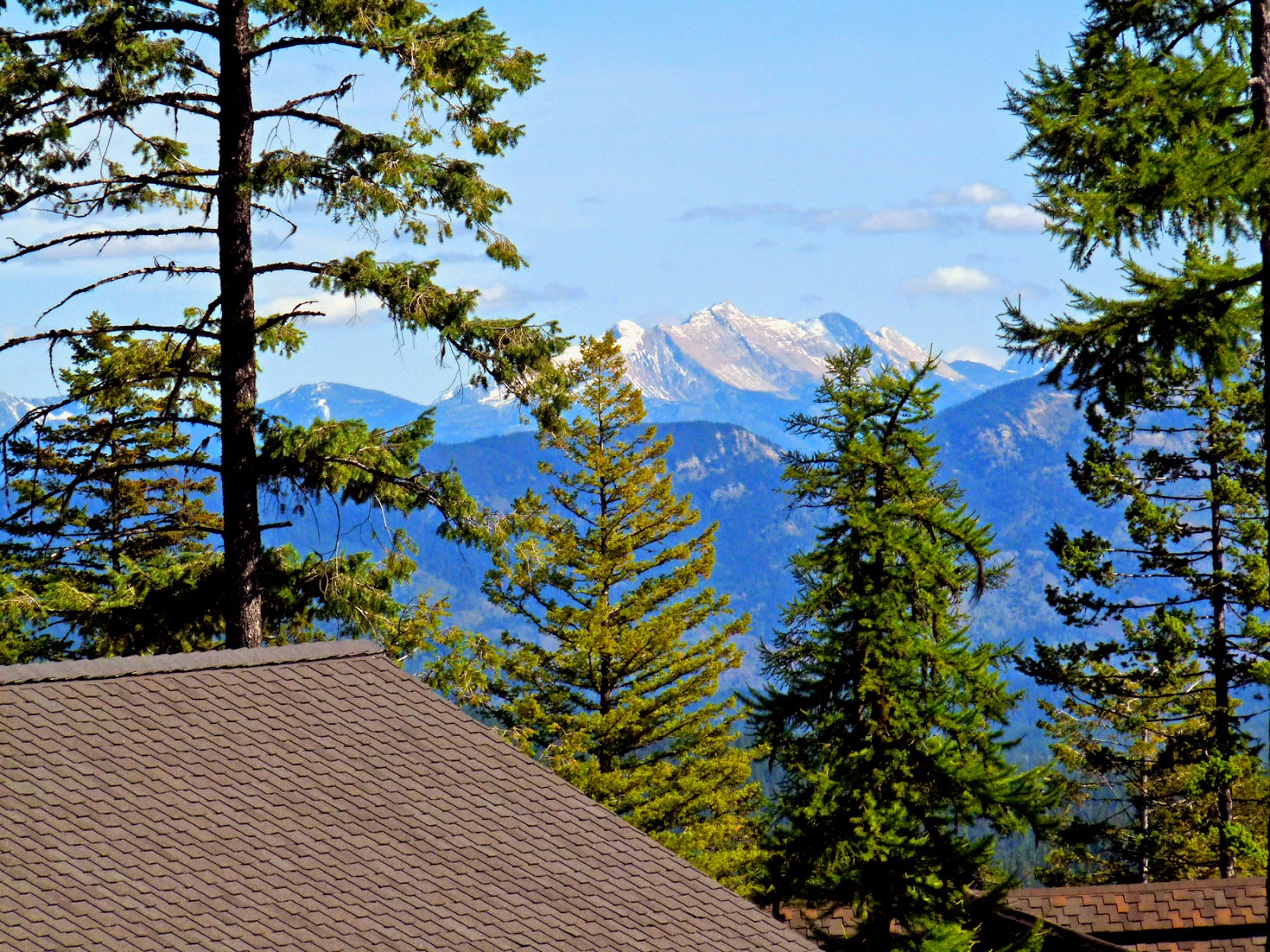The sun rose over the rust-colored, jagged spires of
Smith Rock State Park on a day in what had been an unusually warm Fall.
A diverse collection of mostly volunteers with work
gloves and pruning shears were snipping ripe grape clusters and carrying them in
buckets to a bin pulled by a small tractor.
And on this October day Kerry Damon, the man generally
considered the godfather of Central Oregon viticulture, was breathing more easily. It would be the
final harvest of the section of Frontenac grapes. It is one of several varietals
he has nurtured over seven years to establish Monkey Face Vineyard as the
cornerstone of a nascent wine industry in this high desert environment.
 |
| Picking the Frontenac vines |
For the past few days Damon had sampled grape clusters to
determine the “brix,” or sugar content, that would be most ideal to complete
the final harvest day. He had shared the information with the winemaker at
Pallet, a custom crush facility about 180 miles away in Medford. And together they
had decided the optimal day to pick.
This had been a good grape year for Monkey Face. An
unusually early and warm growing season had extended well into Fall, with only a
couple of evenings where the grapes had to be protected from frost by an
overhead misting system.
Birds were more of a challenge. And Damon had been busy
checking the netting that would provide some barrier from the avian intruders.
Also retarding some of the growth had been leaf hoppers,
a gnat like insect, that can sap nutrients from the leaves. The brix readings
for sugar and PH for acid were slightly less than usual, but cooler and
potentially rainy weather was forecast.
“Timing is everything,” observed Damon. And it was time
to pick the last section of the vineyard.
All-in-all Damon expects the all of Monkey Face’s production
to reach 8.5 tons, about a half ton more than the 2013 crop.
 |
| Damon and Robert Dunkelburger discuss the harvest |
Blending hybrids with vinifera grapes
The vineyard name derives from the Monkey Face rock formation, an imposing 350-foot
semian-like pillar that is a legend among accompished technical climbers for its
variety of difficult routes. The climbing rock rises from its base in Smith
Rock State Park, just across the Crooked River from the vineyard.
Initially
planned as an amenity for the gated Ranch at the Canyons luxury home community,
the influence of Monkey Face Vineyard has reached beyond the residential
“working ranch” to become the
nexus of a growing regional industry.
Until 2014, the Monkey Face grapes had been mostly
purchased by commercial winemakers, who would often blend it’s cold-hardy
French-American hybrid varietals with
more well-known vinifera grapes, such
as cabernet, syrah or chardonnay.
In the immediately past few years, Monkey Face owners--
the Ranch at the Canyons homeowners association--had sold most of its harvest
to another winery-vineyard operation, Faith Hope & Charity, the latter
still a year or two away from maturity of its 15-acre vineyard.
The result was an award-winning, 100% Monkey Face white
varietal, La Crescent, bottled with the Faith Hope & Charity label. Now Damon is following the same path as FHC by
having Pallet in Medford turn Monkey Face grapes into wine bottled with its own
label relecting the Ranch at the Canyons location.
Among the other hybrids grown at Monkey Face are Marechal
Foch, Frontenac, Frontenac Gris and Vignole, most of these familiar in colder
regions of the upper Mid-west and Finger Lakes region of New York than in warmer
climes of California, Oregon and Washington--the nation’s leading vinifera growing states.
The answer is "Yes, Yes and Yes!"
The importance of tolerance to frigid weather in Central
Oregon was dramatically illustrated in the winter of 2013-2014. Then a
protracted cold snap of sub-zero temperatures essentially wiped out the new vinifera vines of Maragas vineyard and
winery, a Monkey Face neighbor a few miles to the north.
From Damon’s perspective, Monkey Face and a few other
growers have answered the questions--Can you grow wine grapes in Central
Oregon? Can you nurture them to maturity? and Can you make good wine from
them?.
The answer, he repeats
often, is “Yes, yes and yes!”
Cindy and Roger Grossmann at Faith Hope & Charity
have bought into Damon’s positive attitude for the potential of a Central
Oregon viticulture industry.
 |
| Lunch after the harvest |
Their 312-acre farm property is home to the first winery
permitted on exclusive farm use zoned property in Deschutes County by virtue of
planting a minimum of 15 acres as required by Oregon law.
In
2015 the Grossmanns plan to harvest their first “estate wine” grapes, a crop
with many of the same cold-hardy varietals already established at Monkey Face
Vineyard.
Meanwhile,
FHC hosts weddings and regular music, food and wine events in its scenic
setting with views of the Three Sisters Peaks, and only a couple of miles to
the Deschutes River.
In
order to comply with wine sales requirements of the country land use permit,
FHC for now offers wine bottled with its label and sourced elsewhere in the
Columbia River AVA appellation bordering Oregon and Washington.
The
Grossmanns and Damon have been leaders in the Winegrowers Association of
Central Oregon, which also has members that include Scott Ratcliff's successful Volcano
winery in Bend and labels by OJ Merrill, Naked Winery and Maragas. None of
these have high-production vineyards in Central Oregon although Volcano and Maragas have blended some of their wines with Monkey Face varietals.
Other
smaller vineyards are also in various stages of development, including Double
Eagle by the Dunne family along the Deschutes River just a few miles between
Monkey Face and Faith Hope & Charity.
(See Vineyards and Wineries for previous posts)










